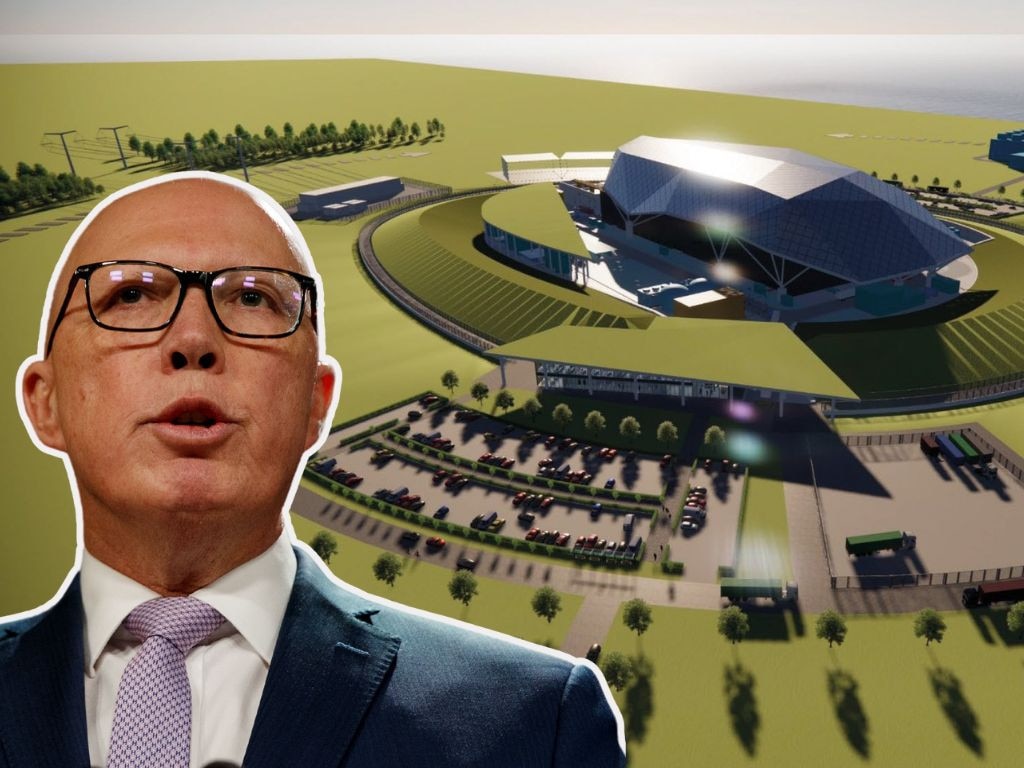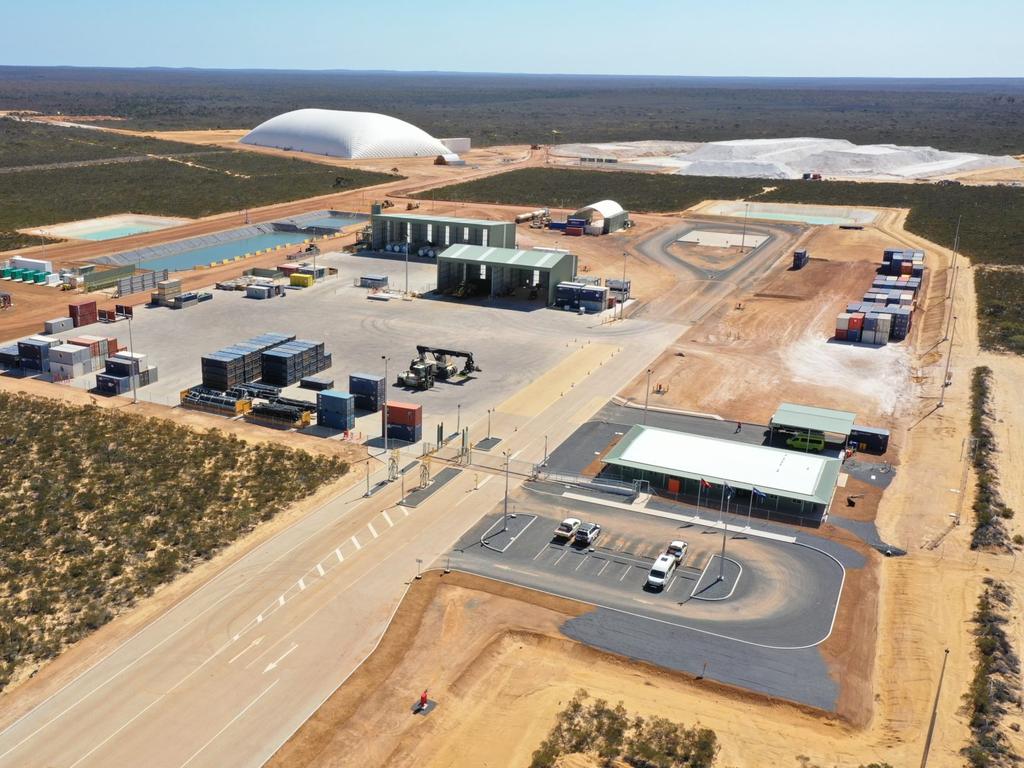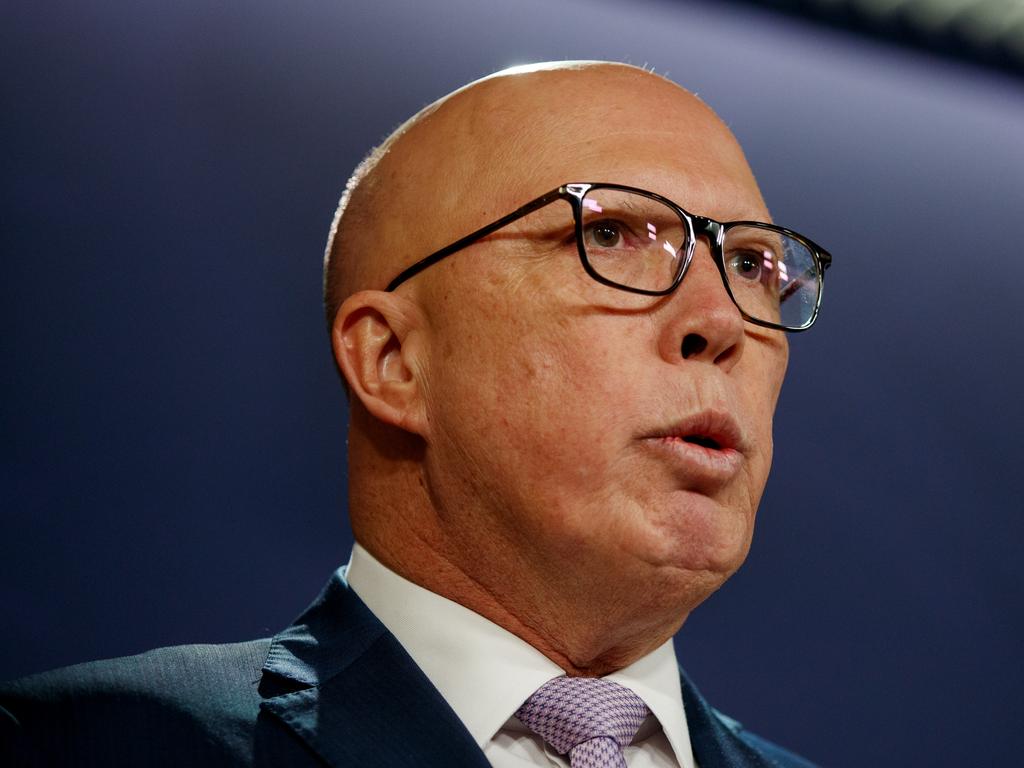What an Aussie nuclear reactor could look like
From Canada to Korea, there are options with pros and cons related to safety and cost – but all would require a lot of water.

An estimated two-thirds of the world’s 440 nuclear power plants are pressurised water reactors (PWRs), and Peter Dutton has cited them as a likely starting point for Australian nuclear power.
PWRs use water as a coolant, with the primary cooling water kept at very high pressure. It then goes through a heat exchanger and heat is transferred to a secondary coolant loop, which spins the power-generating turbines.
“The water goes into the reactor and gets hot, but it is not turned into steam and is under high pressure,” says Robert Parker, founder of Nuclear for Climate Australia.
“You can stop it going to steam by keeping the pressure higher, like we do with a pressure cooker on a stove.
“That really hot water then goes into a heat exchanger, where it shares that heat with a secondary circuit. And that’s where you create the hot steam to drive the turbine. That steam is then condensed with environment water and turned back into liquid water.”
The secondary loop system keeps radioactive material away from the turbines, making maintenance less complicated and, some experts believe, providing a greater level of safety.
Mr Dutton has flagged two “establishment projects” using either small modular reactors or larger plants, such as AP1000 or APR1400; both PWRs currently licensed by the US Nuclear Regulatory Commission.
AP1000 is regarded as a modern “generation 3+” reactor that uses “passive” safety systems – driven by natural forces such as gravity and convection – to continue cooling for a period after accidents without the need for power or human intervention.
Produced by Westinghouse, 1110-megawatt AP1000 plants are operational around the world, including in China and the US.
APR1400 plants, designed by the Korea Electric Power Corporation, are classified as “generation 3” and are in operation in Korea and the United Arab Emirates.
Experts say Australia could also consider boiling water reactors, which have only one coolant loop, making them simpler.
However, in the event of a fuel rod leak, radioactive material could come into contact with the turbine, complicating maintenance, while BWRs are said to not perform as well in power outages.
Mr Parker said a third type of reactor pioneered by Canada and exported globally, CANDU, could also be considered. These use “heavy water” containing deuterium, an isotope of hydrogen, and – unlike PWRs and BWRs – CANDUs can operate with unenriched uranium.
CANDUs have the added benefit of being able to be refuelled while in operation, but do produce radioactive tritium.
This is the concept design of a zero emissions small modular reactor.
— Peter Dutton (@PeterDutton_MP) June 19, 2024
Nuclear energy has proven to get electricity prices and emissions down all over the world.
Out of the world’s 20 largest economies, Australia is the only one not using nuclear energy or moving towards it.… pic.twitter.com/BN00QxQMmd
Mr Parker said nuclear power’s high water requirements may prompt consideration of water-saving technology or the citing of plants on the coast, where seawater could be used.
“All reactors use about the same amount of water per unit of energy put out – about 800 US gallons per megawatt hour,” he said.
This could be reduced in small reactors by adopting hybrid cooling systems, such as spritzing, but this came at a cost and some loss of efficiency.
It was less viable for larger reactors. “So wherever we build large reactors, we’re going to need either reliable inland supplies (of water) or … look at seawater cooling,” Mr Parker said.







